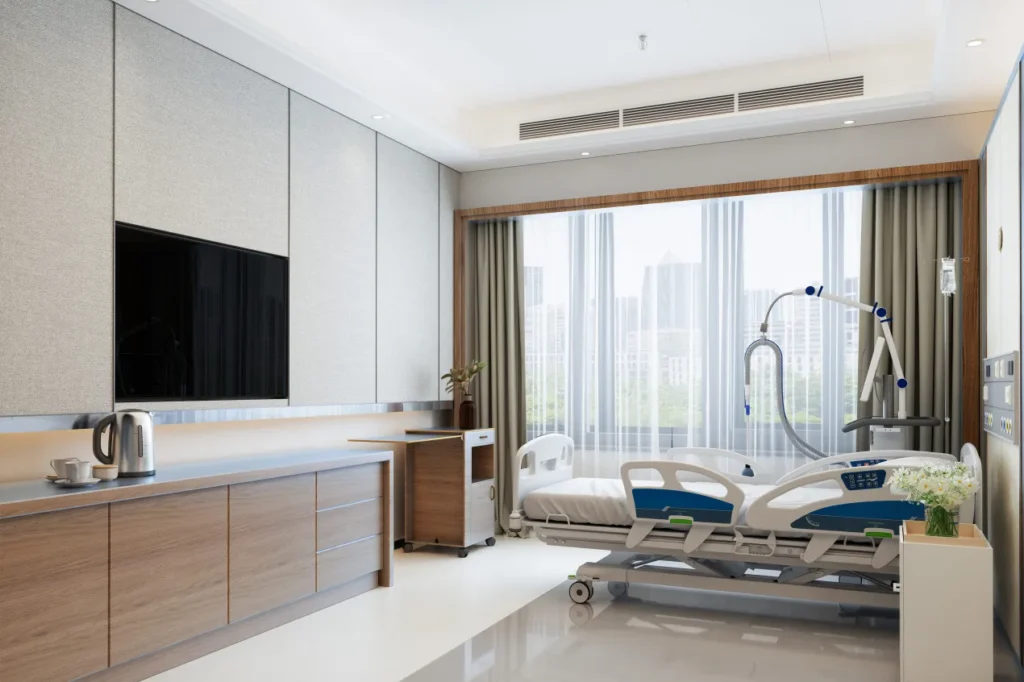Over the course of my career, I’ve watched how the broken back cost has become a growing concern—not just for insurance companies, but for patients themselves. With rising co-pays, co-insurances, and out-of-pocket expenses, patients now bear a much larger share of the financial burden. Every day in my practice, I see inefficiencies in how we manage vertebral compression fractures. These inefficiencies often lead to higher costs, increased suffering, and worse outcomes. Recognizing these issues has pushed me to find faster, safer, and more cost-effective ways to treat a broken back bone — medically known as a vertebral compression fracture. More patients are now asking, what does a kyphoplasty cost and seeking comparisons of kyphoplasty costs to traditional hospitalization.
A vertebral compression fracture is a painful and serious injury that requires prompt treatment. Understanding the true broken back cost and available options is essential. Let’s explore two common pathways: traditional hospitalization with conservative care versus a fast-track approach leading to kyphoplasty or vertebroplasty.
Cost Comparison: Traditional vs. Fast-Track Treatment
Understanding the differences in kyphoplasty costs and conservative treatment costs is essential when making informed decisions about managing a vertebral compression fracture.

Pathway 1: Hospitalization, Bracing, and Conservative Care
When a patient with a suspected vertebral compression fracture presents to the emergency room (ER), they are often admitted for pain control and fitted with a clamshell brace. These rigid, customized braces stabilize the spine but are costly, ranging from $2,500 to $4,000. Although prescribed to promote healing, clamshell braces are often uncomfortable and difficult for patients to tolerate.
Patients frequently find clamshell braces bulky and cumbersome. Many struggle to sit, stand, or move naturally, leading to frustration and decreased compliance. Studies show that fewer than 60% of patients consistently wear their brace as prescribed after the first month. The emotional burden of feeling restricted and embarrassed while wearing a clamshell brace can significantly hinder recovery.
Hospital stays for conservative fracture management typically last 3 to 7 days, depending on pain severity and mobility. The average hospital cost for this stay alone is $15,000 to $35,000, not including imaging studies like MRI or CT scans, which are often significantly more expensive at hospitals compared to outpatient imaging centers due to site-of-service differentials.
Many patients—especially those over age 65—cannot safely return home after hospitalization. Studies show that up to 40% of elderly patients with vertebral fractures are discharged to a skilled nursing facility (SNF). SNF care averages $7,000 to $9,000 per month, with many patients requiring one to three months of rehabilitation.
The conservative pathway is not just costly in dollars. The morbidity and mortality statistics are alarming:
- Mortality risk doubles within a year of a vertebral compression fracture (Bliuc et al.).
- 50% of patients experience permanent mobility loss.
- 30% require long-term care support.
- Risks include deep vein thrombosis, pulmonary embolism, bed sores, and worsening osteoporosis.
Additionally, a study by Edidin et al. found that conservatively treated patients had a 55% higher risk of death compared to those undergoing kyphoplasty. A large analysis in World Neurosurgery (2020) further showed that vertebral augmentation procedures led to a 22% reduction in mortality compared to non-surgical management.
Beyond hospital and SNF costs, patients often face additional expenses for home health services, physical therapy, and chronic opioid medications, adding thousands annually.

Pathway 2: Fast-Track Bracing and Kyphoplasty
A faster, proactive treatment model reduces both costs and complications. Patients diagnosed with an acute vertebral compression fracture in the ER are fitted with an off-the-shelf LSO (lumbosacral orthosis) or TLSO (thoracolumbosacral orthosis) brace. These braces cost around $500 to $1,200 and are lighter, more comfortable, and better tolerated than clamshell braces.
The patient is then quickly referred to an interventional pain specialist for a kyphoplasty, usually performed within a few days. Kyphoplasty cost based on Medicare’s 2024 national average is approximately $6,500 to $7,000 for physician and facility services combined.
Kyphoplasty offers several outcome advantages:
- Significant pain reduction and improved functional status (Clark et al., Hirsch et al.).
- Lower subsequent fracture rates (Luo et al.).
- Better pain and function scores when performed early (Wardlaw et al.).
Post-procedure care includes:
- A bone density scan (DEXA) costing $150 to $300.
- Starting bisphosphonate therapy costing $10 to $100 per month.
- Physical therapy focused on fall prevention and strengthening at $100 to $150 per session.
Patients undergoing kyphoplasty experience faster recovery and improved emotional well-being. Avoiding prolonged bedrest helps maintain independence, dignity, and mental health, and decreases the risk of depression. Families also experience less caregiving burden and stress.
Outcomes following kyphoplasty are significantly better:
- 90% report significant pain reduction within days.
- Mobility improves by 80%.
- Mortality rates decrease by 55% compared to conservative care.
- Reduced opioid use, lowering addiction risk (McCullough et al.).

Cost Breakdown: Traditional vs. Fast-Track Treatment
| Treatment Component | Conservative Care Pathway | Fast-Track Kyphoplasty Pathway |
|---|---|---|
| Hospitalization | $15,000 – $35,000 | None |
| Custom Clamshell Brace | $2,500 – $4,000 | None |
| Skilled Nursing Facility (1-3 months) | $7,000 – $27,000 | None |
| Opioids, Home Health, Ongoing Care (Year 1) | $3,000+ per year | Minimal |
| LSO/TLSO Off-the-Shelf Brace | None | $500 – $1,200 |
| Kyphoplasty Procedure | None | $6,500 – $7,000 |
| Bone Density Testing + Bisphosphonates | $300 initial, $10-$100/month | $300 initial, $10-$100/month |
| Post-Kyphoplasty Physical Therapy | None | $600 – $1,500 total |
| Total Estimated Cost | $27,800 – $69,300+ | $7,900 – $10,000+ |
Choosing the Best Path Forward
If you or a loved one has suffered a broken back bone, it’s essential to consider both immediate and long-term impacts on your health and finances. Conservative care often results in higher costs, increased complications, and worse outcomes. Choosing kyphoplasty instead can provide quicker pain relief, faster recovery, lower long-term expenses, and better quality of life.
At Red Butte Pain Solutions, we specialize in quickly evaluating and treating vertebral compression fractures, helping patients return safely to normal life.
If you’re experiencing a broken back or want to learn more about the benefits and costs of kyphoplasty, call us at 602-633-4334 or schedule your consultation now.
We proudly serve patients in Mesa, Chandler, Ahwatukee, Maricopa, Casa Grande, Sun Lakes, Laveen, Gilbert, and Tempe.
